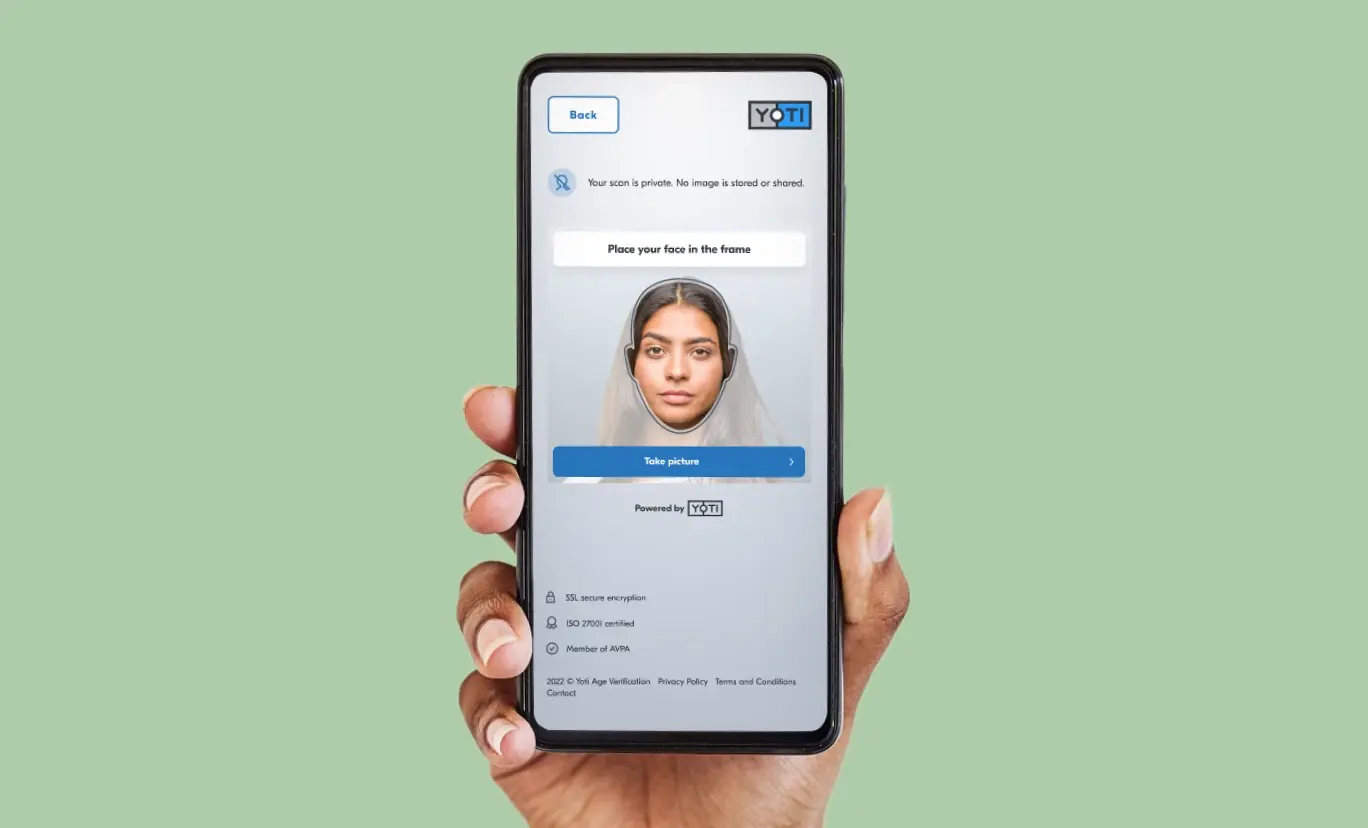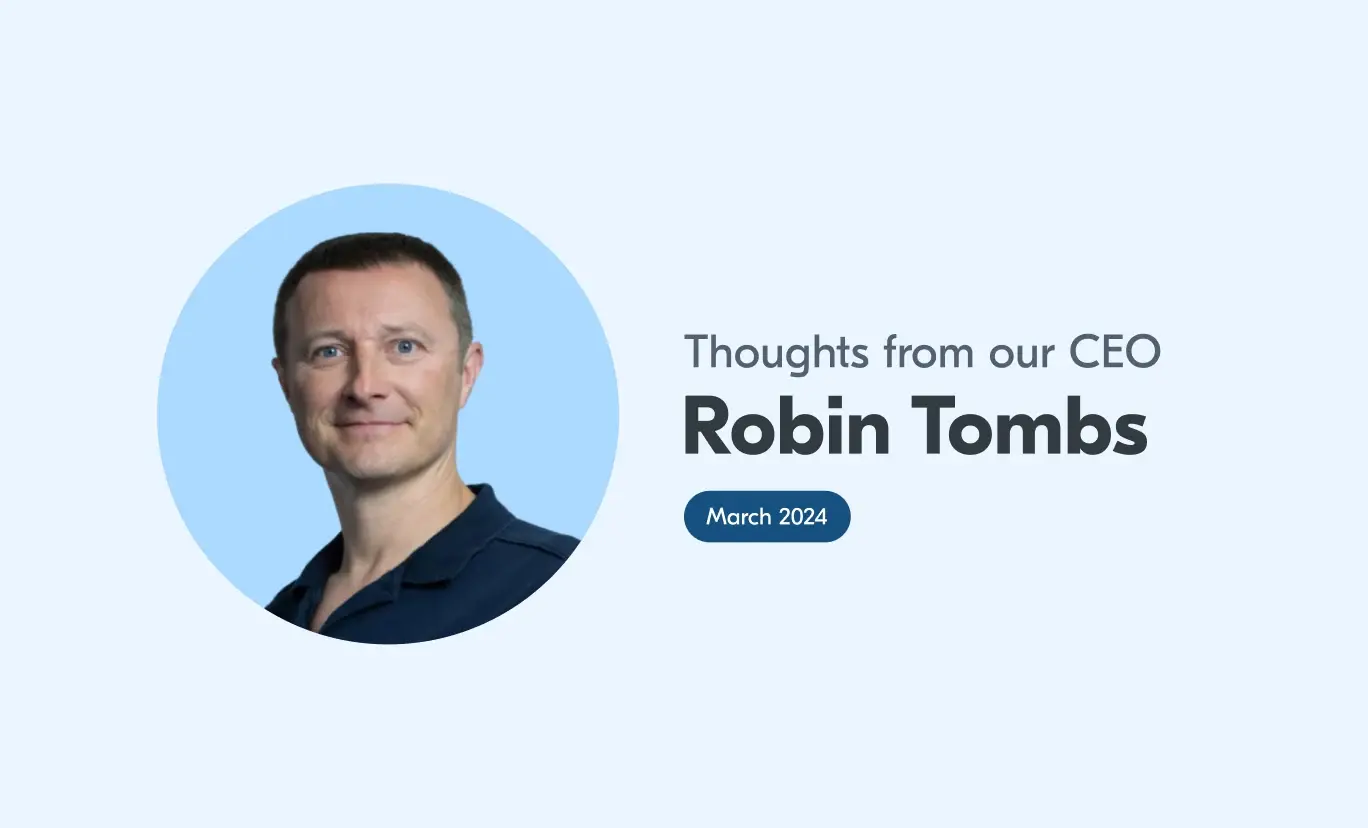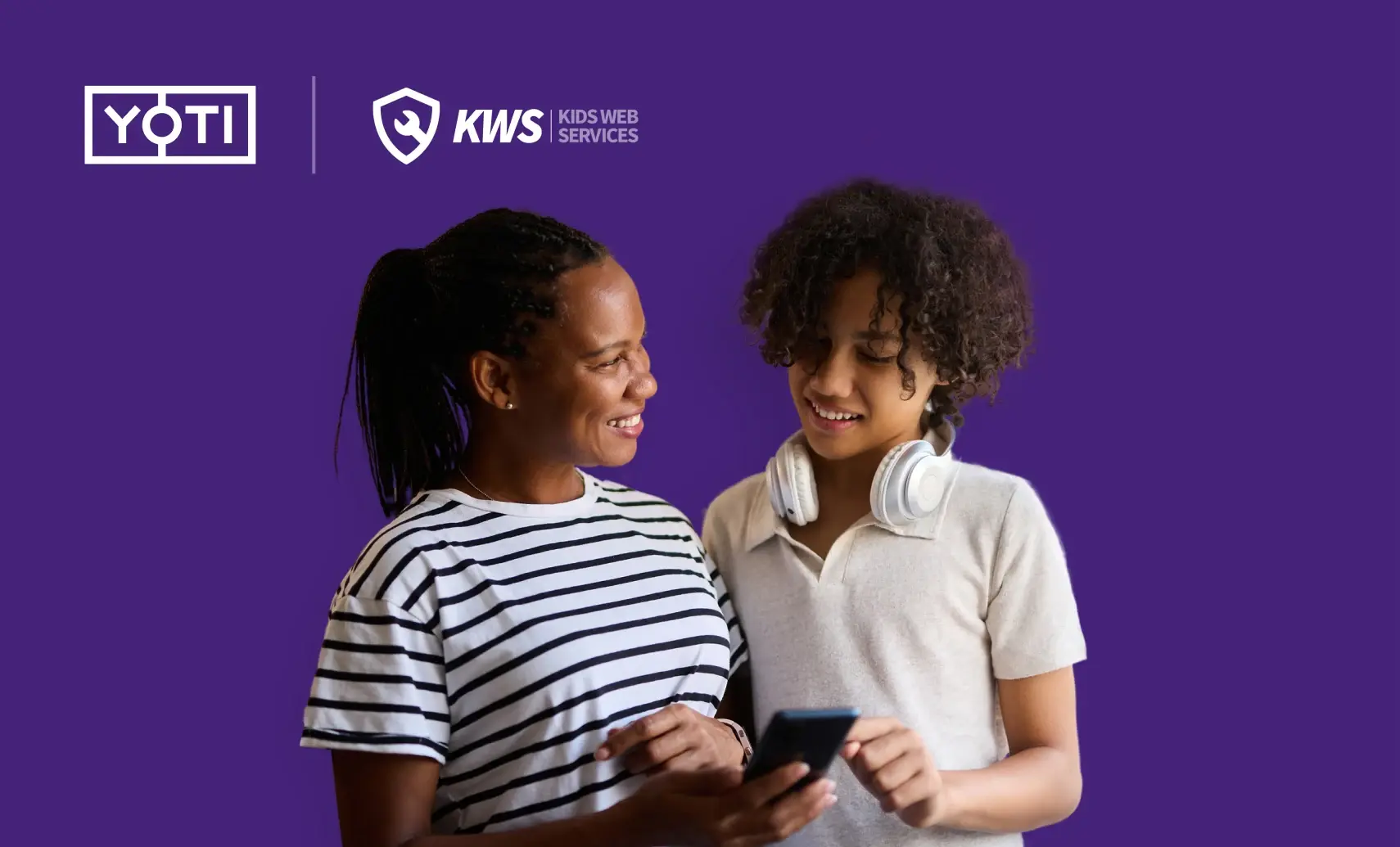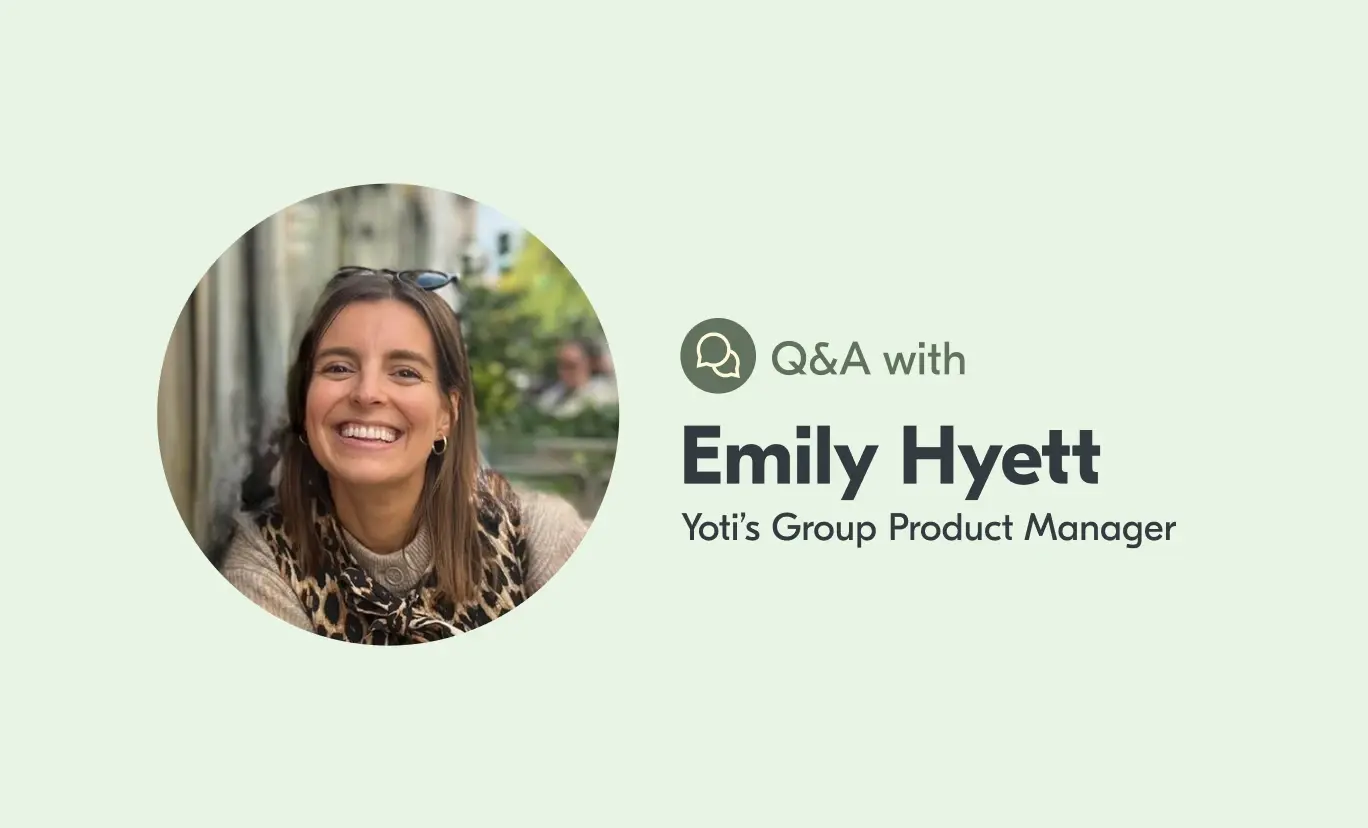Yoti
Yoti assessed in the NIST Face Analysis Technology Evaluation program
An increasing amount of legislation is being introduced globally demanding that organisations effectively check the age of their users. It’s important that these age checks are inclusive; people should have a choice in how they prove their age. Regulators are recognising that not everyone will feel comfortable or be able to use a method based on identity documents. Facial age estimation gives people a way to prove their age without sharing their name, date of birth and other personal information from identity documents. It can improve online safety and help companies to comply with legislation, without having to process or
Thoughts from our CEO
In this blog series, our CEO Robin Tombs will be sharing his experience, whilst focusing on major themes, news and issues in the world of identity verification and age assurance. Digital age verification for alcohol I’m pleased to see the UK Home Office consult on whether age verification technology should be allowed for the sale of alcohol. This is a big step forward and demonstrates the growing importance and demand for digital proof of age. Yoti’s technology can help remove the significant challenges and high levels of abuse faced by retail, bar and security staff when assessing the
How Digital IDs can protect you from deepfake scams
Deepfakes are a hot topic right now. Taylor Swift recently became the victim of a deepfake scam; firstly an AI generated video of her promoted a fake cookware competition, and then explicit AI images of her went viral online. AI voice cloning technology pretending to be President Joe Biden tried discouraging people from voting in the polls. And celebrities including Piers Morgan, Nigella Lawson and Oprah Winfrey found deepfake adverts of them online endorsing an influencer’s controversial self-help course. But it’s not just celebrities and public figures who are at risk of deepfakes scams. Fraudsters are also using deepfake
Safer Internet Day 2024: Creating age-appropriate experiences with Kids Web Services
Every year, Safer Internet Day raises awareness of the importance of a safer and better internet for all. Starting as an initiative of the EU in 2004, Safer Internet Day is now recognised in over 190 countries and territories around the world. The theme this year, ‘Inspiring Change’ brings to light an important question: how can we inspire change which improves online safety for young people? One of the ways Yoti is helping to change the internet for the better, is through our work with Kids Web Services (KWS), the leading parent verification and consent management toolset. KWS offers
A chat with Emily Hyett, Yoti’s Group Product Manager
With so much going on in the digital identity space, we caught up with Emily Hyett, our Group Product Manager. She chats through the latest trends in the identity industry, why data privacy is so important, and what her typical day at Yoti looks like. Can you share your personal journey and the path that led you to Yoti? I studied Astrophysics at university, and then my first role was working in a tech consultancy. We worked with the UK government to help them digitise the biometrics they used across policing. So I went to about 30 different police
Challenge 25: Enhancing age checks with facial age estimation and Digital IDs
‘Challenge 25’ is a scheme used by retailers who sell age-restricted products. It requires shoppers who are over 18 but look under 25 to show ID. But why was Challenge 25 introduced and how can age estimation technology and Digital IDs strengthen age checks in today’s world? The history of Challenge 25 In 2005, test purchases revealed that some retailers were selling age-restricted items to underage customers. This testing was part of the Government’s Alcohol Misuse Enforcement Campaign (AMEC). Research commissioned at the time explored why these underage sales were taking place. The key finding showed that retail






